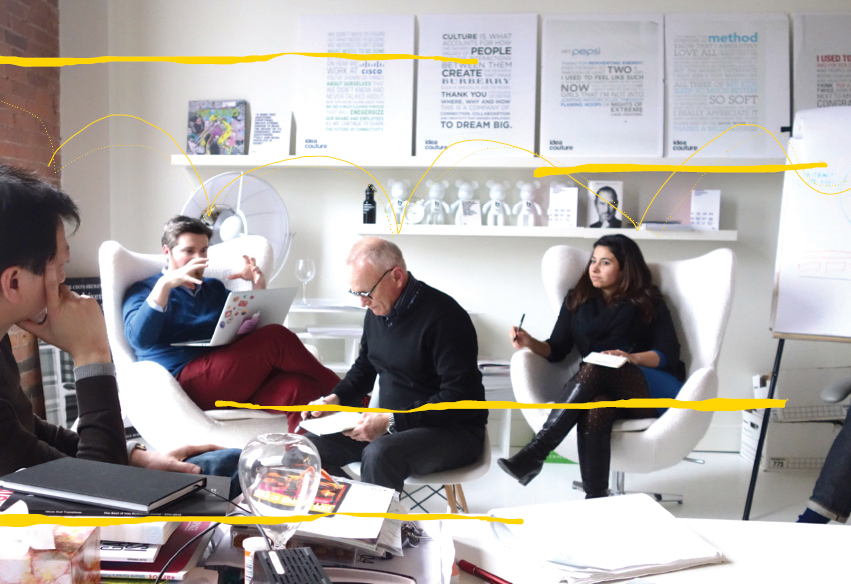
Ask a bunch of people who subscribe to design thinking exactly what it is, and you will get a bunch of answers, each of which varies just enough from the last one to give you the answer you’re looking for: There is no single, unifying, common definition of design thinking. Given its predilection for dealing with ambiguity, perhaps there shouldn’t be.
For most practitioners, the idea of design as a way of thinking can be traced backed to Herbert Simon and his 1969 book, The Sciences of the Artificial. An American political scientist, economist, sociologist, psychologist, and professor at Carnegie Mellon University, his distinction between critical thinking as an analytic process of “breaking down” ideas and a design-centric mode of thinking as a process of “building up” ideas is foundational to the practice. So, too, is his definition of design as “the transformation of existing conditions into preferred ones.”
From Robert McKim’s 1973 book Experiences in Visual Thinking to Peter Rowe’s first noteworthy use of the term in 1987’s Design Thinking to Richard Buchanan’s highly influential article “Wicked Problems in Design Thinking,” Simon’s big idea—that design is always linked to an improved future—has continued to shape the practice in every direction.
More recently, design thinking has caught the attention of businesspeople, thanks to it finding its way into the pages of publications ...
Get Design Thinking for Strategic Innovation: What They Can't Teach You at Business or Design School now with the O’Reilly learning platform.
O’Reilly members experience books, live events, courses curated by job role, and more from O’Reilly and nearly 200 top publishers.

